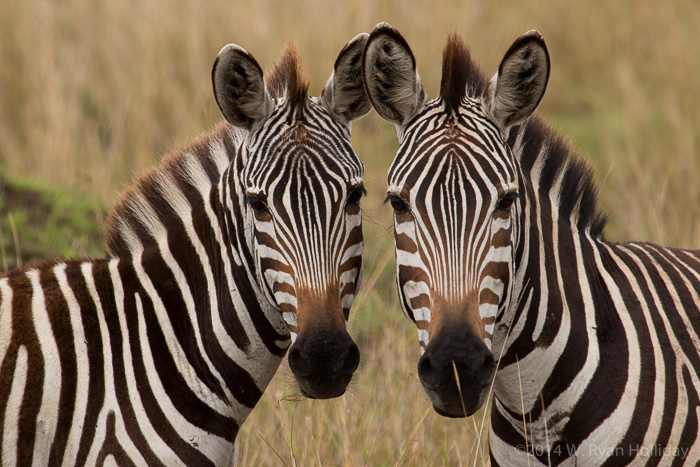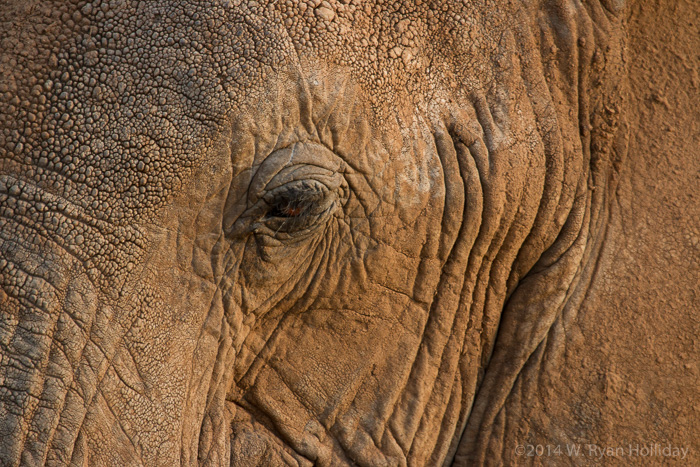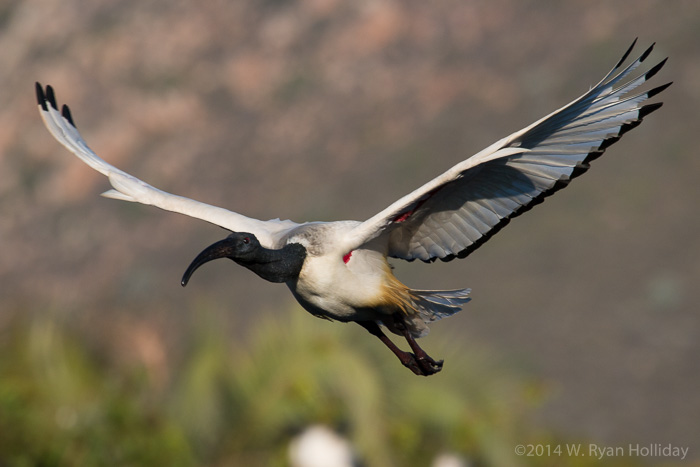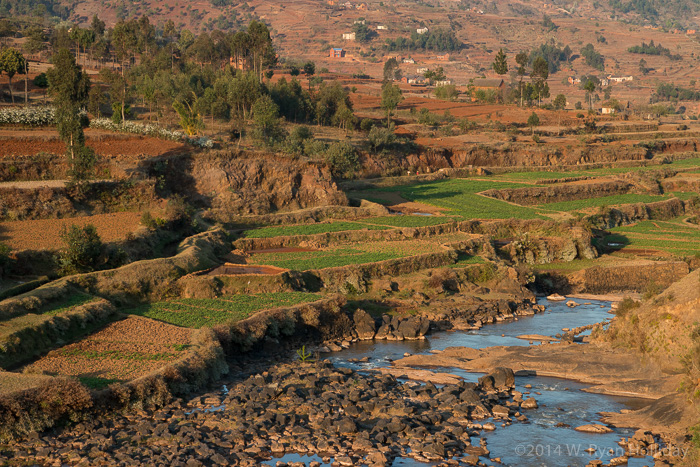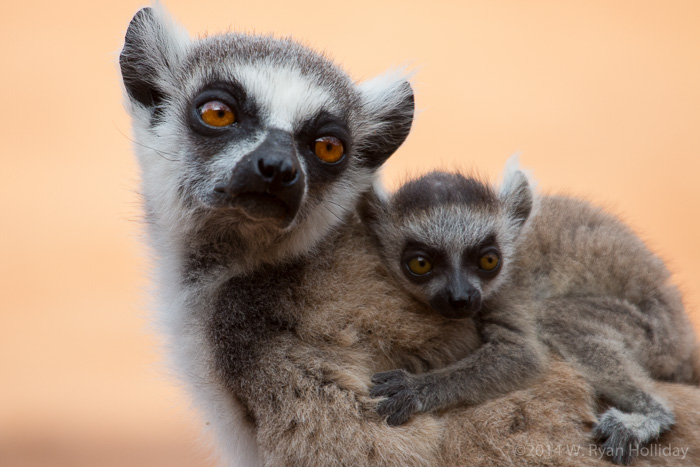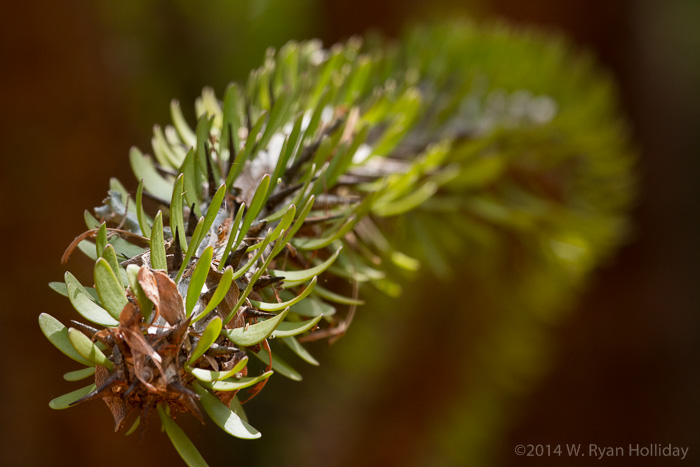One of Audrey’s stipulations when we were planning the 2014 World Tour was that we had to be back in time for Halloween and Scare the Children – the annual yard haunt is a big deal for her. This was my fourth child-scaring extravaganza (see also: 2005, 2012, 2013) and the best one yet. Some highlights of this year’s event:
- I once again was tapped to play the invisible man, but a change in lighting meant that it wasn’t dark enough for me to hide in the entryway without being seen. As a result I took up candy-dispensing duties, sitting completely motionless in the entryway until someone reached into the bucket to take a piece of candy. There were more than a few “is he real” comments, followed by more than a few yells when the answer was determined.
- Our newest addition this year was Brett, fully mic’d with sound processors, up in a tree. He managed the right mix of funny and creepy to keep things lively. We got everything from “Beware of the man in the clown suit! Or is it a clown in a man suit, with an even smaller man buried deep inside?” to “Go to the door and get some candy – there’s nothing to be afraid of… except for all of the things along the way that you should be afraid of.”
- The stars of the show were again the most frightened kids. A significant number of trick-or-treaters made it past the garage, but when faced with the prospect of walking up the darkened entryway to a black figure in a chair, paused, repeatedly said “I don’t want to do it!”, and then moved on to the next house.
- Audrey’s friend Jocelyn joined the party this year and was given “girl in the coffin” duty, a task made all the more difficult by the fact that it’s tough to act creepy when you’re doubled over in laughter because the guy with the microphone in the tree is such a fun weirdo.
See the Scare the Children Facebook page for more photos. We’ll be back at it again for Halloween 2015.


